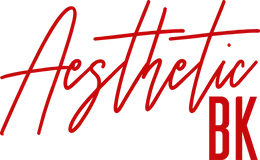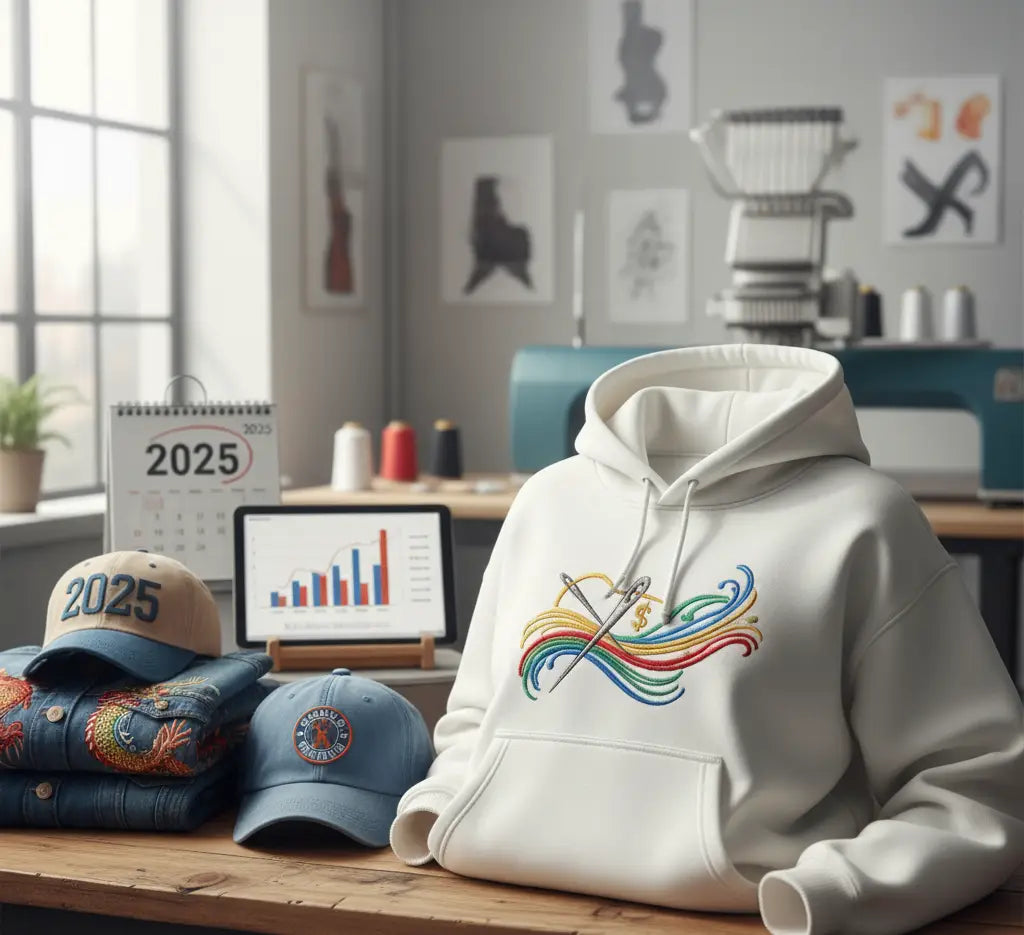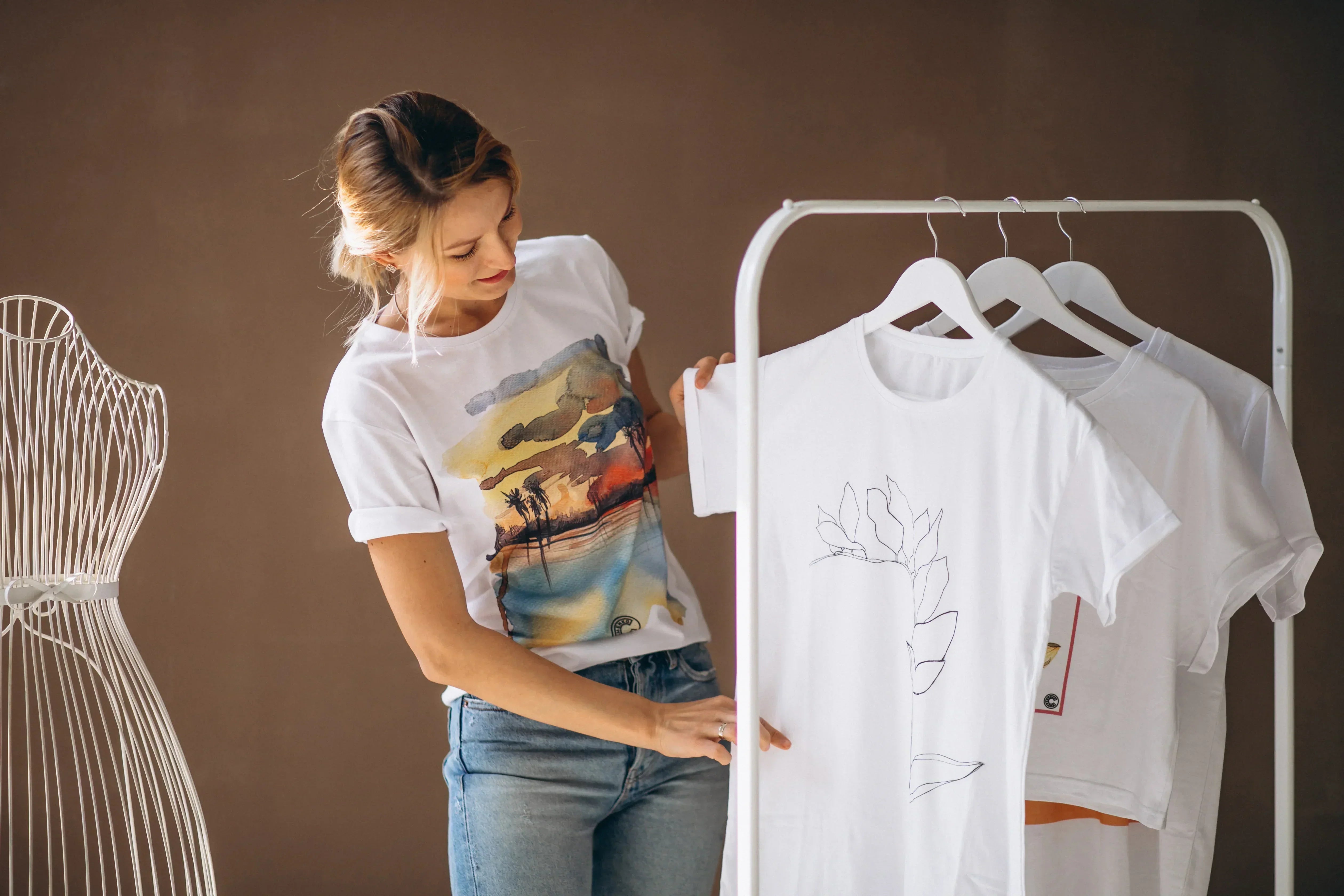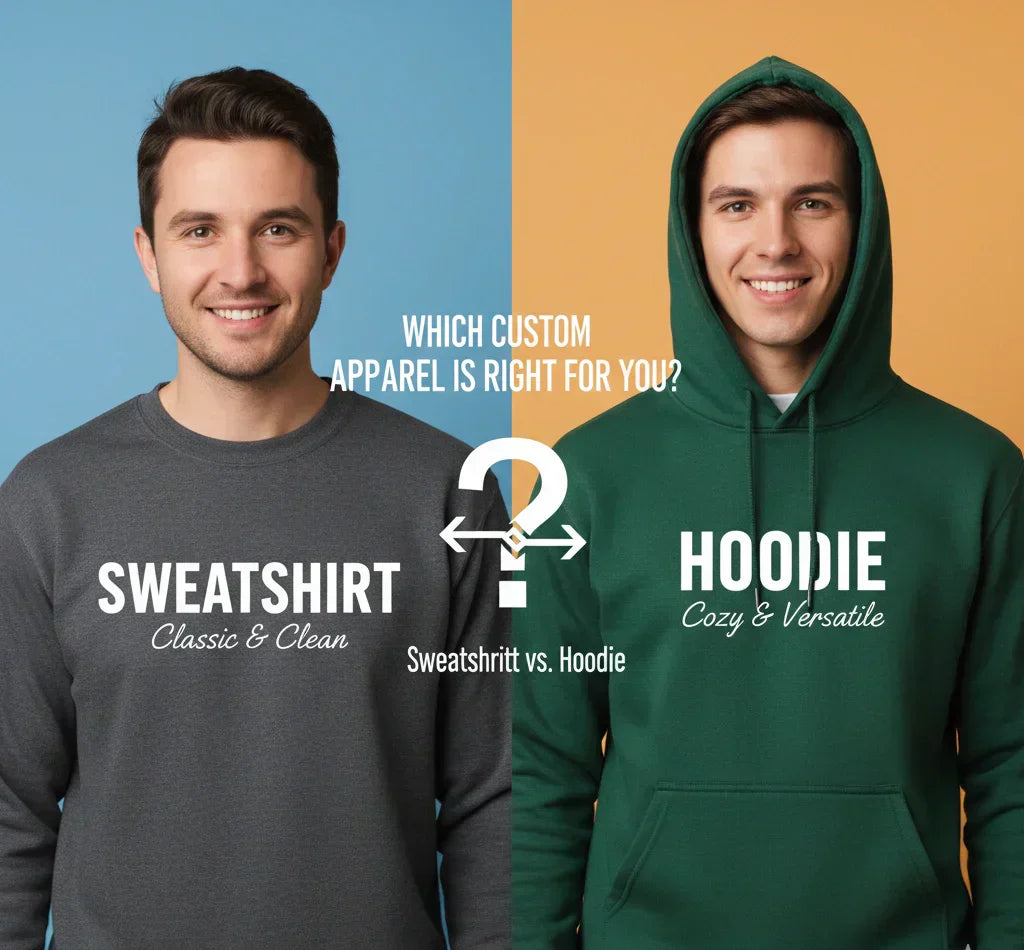Introduction
If you’re creating a clothing line, team uniforms, or event merch, one question always comes up: How Much Does Embroidery Cost?
In 2025, embroidery is a top choice for giving apparel a professional, durable, and premium look. From T-shirts and hats to jackets and tote bags, it adds texture and style that printing methods can’t match.
Embroidery costs vary based on stitch count, design complexity, garment type, thread colors, and order size. Comparing it with DTG (Direct-to-Garment) print on demand or DTF (Direct-to-Film) print on demand can also help you choose the best method for your needs.
This guide is perfect for businesses and creators exploring custom embroidery services or embroidery on demand, helping you understand pricing and get the best value for your project.
Key Takeaways
- Embroidery cost depends on stitch count, design complexity, garment type, quantity, and colors.
- Simplify designs and limit thread colors to reduce embroidery printing cost.
- Bulk orders and simpler garments lower custom embroidery cost per item.
- Embroidery offers a premium, long-lasting finish compared to DTF or DTG printing.
- Planning and accurate design details ensure a fair and transparent quote.
What Is Embroidery?
Embroidery is a method of decorating fabric using thread to create logos, patterns, or custom designs. It’s widely used in custom apparel because it adds texture, durability, and a premium feel that printing methods can’t match.
In 2025, custom embroidery services are more accessible than ever. Thanks to embroidery on demand, you can order anything from a single personalized shirt to bulk uniforms for your business—without compromising on quality or detail.
Whether you're building a brand or designing merch for an event, embroidery gives your apparel a polished, long-lasting finish. It’s not just decoration—it’s a way to make your clothing stand out and feel truly custom.

Types of Embroidery
When it comes to custom apparel, there are two main types of embroidery: hand embroidery and machine embroidery. Each method has its own strengths, costs, and ideal use cases. Understanding the difference helps you choose the best option for your project.
1. Hand Embroidery
Hand embroidery is the traditional technique, crafted entirely by skilled artisans. It’s perfect for intricate, detailed designs and adds a personal, artistic touch to garments. Because it’s labor-intensive, the custom embroidery cost is typically higher—especially for large orders.
This method is ideal for keepsakes, one-of-a-kind pieces, or high-end fashion where craftsmanship and detail matter most.
2. Machine Embroidery
Machine embroidery uses automated equipment to stitch designs quickly and consistently. It’s fast, precise, and cost-effective—making it the go-to choice for bulk orders, team uniforms, and branded merchandise.
With embroidery services, machine embroidery ensures uniform quality across every item while keeping costs manageable. You can achieve complex, multi-color designs without the high labor costs of hand embroidery.
Factors Influencing Embroidery Cost
Several factors determine how much embroidery costs on custom apparel. Understanding these can help you plan your budget and make smarter choices for your project.

1. Stitch Count
Stitch count is one of the biggest cost drivers. The more stitches your design has, the more time and thread are needed, which increases the price.
- Small logos (1,000–5,000 stitches) usually cost less.
- Larger, detailed designs (10,000+ stitches) can cost significantly more.
Pro tip: Keeping your design simple or reducing stitch count can save a noticeable amount, especially on bulk orders.
2. Design Complexity
Intricate designs with fine details, gradients, or text take more time and effort to embroider. The more complex the artwork, the higher the embroidery printing cost.
- Simple logos are quicker and cheaper.
- Photo-like or highly detailed designs increase both labor and machine time.
3. Digitizing Fees
Before embroidery begins, your artwork must be digitized—converted into a file that the embroidery machine can read.
- One-time fee: $20–$100 depending on complexity.
- Reusing the same digitized file for future orders usually costs nothing extra.
- Digitizing ensures your design stitches out perfectly, saving time and mistakes during production.
4. Number of Colors
Most embroidery services include up to 6 thread colors in the base price. Each additional color usually adds $2–$5 per item. Specialty threads like metallic or neon also increase costs.
- Fewer colors = lower cost
- More colors = premium, vibrant designs
5. Garment Type
The type of apparel affects the price because of fabric thickness, size, and hooping difficulty.
- Jackets, hoodies, and sweatshirts are more expensive than T-shirts or caps.
- Thick or textured fabrics require extra stabilizers and careful handling.
6. Quantity
Ordering in bulk can drastically reduce your per-item cost. Many embroidery services offer discounts for 50, 100, or even 1,000+ pieces.
- Single item: higher per-piece cost
- Bulk orders: up to 50% off per item
7. Location of Embroidery
Where the design is placed also matters. Larger areas like full-back jackets or sleeves may require more stitches and time, while small chest logos are quicker and cheaper.
Comparing Embroidery with Other Printing Methods
While embroidery is a top choice for custom apparel, it’s not the only option. If you’re considering DTF (Direct-to-Film) or DTG (Direct-to-Garment) printing, understanding the differences in cost, durability, and appearance can help you choose the best method for your project.
1. DTF (Direct-to-Film) Printing
DTF printing transfers your design from a special film directly onto the garment.
-
Cost: Generally lower than embroidery for small, detailed, or multi-color designs.
-
Durability: Good, but may fade slightly after multiple washes.
-
Best for: Full-color graphics, photo-like designs, or small runs where embroidery might be too costly.
2. DTG (Direct-to-Garment) Printing
DTG printing uses a specialized inkjet printer to print directly onto the fabric.
-
Cost: Affordable for short runs and one-off designs, but can be expensive for large orders.
-
Durability: Works best on light-colored cotton fabrics; colors may fade over time.
-
Best for: Custom T-shirts, complex multi-color designs, or personal projects.
3. Quick Comparison Table
|
Feature |
Embroidery |
DTF Printing |
DTG Printing |
|
Cost |
Higher upfront, cheaper for bulk |
Affordable for small to medium runs |
Affordable for short runs, higher for bulk |
|
Durability |
Very durable, lasts hundreds of washes |
Moderate, may fade over time |
Moderate, works best on cotton, may fade |
|
Appearance |
Premium, textured, professional |
Smooth, vibrant, good for detailed graphics |
Smooth, full-color, photo-quality prints |
|
Best Use |
Branding, uniforms, corporate gifts |
Photo-like designs, small to medium batches |
Custom T-shirts, one-offs, complex designs |
Why Invest in Embroidery?
Embroidery isn’t just about decorating clothing—it’s an investment in quality, professionalism, and lasting impact. Here’s why choosing embroidery for your custom apparel makes sense:
1. Durable and Long-Lasting
Unlike printed designs, embroidered threads are stitched directly into the fabric. This makes your design more durable, able to withstand hundreds of washes without fading or peeling. Whether it’s a team uniform or corporate gift, embroidery ensures your logo stays sharp and professional.
2. Professional and Premium Look
Embroidery adds texture and depth to any design, giving your apparel a premium, high-quality feel. From jackets and polos to tote bags and caps, embroidered designs look polished and professional, instantly enhancing your brand’s image.
3. Great for Branding and Gifts
Custom embroidery is perfect for business branding, corporate uniforms, team apparel, or promotional merchandise. It also makes for memorable gifts or event giveaways that people will actually use and appreciate.
4. Enhances Perceived Value
People naturally associate embroidered items with higher quality. By investing in embroidery, you’re giving your apparel a luxurious, durable finish that adds value and elevates your brand perception.
How to Get an Accurate Embroidery Quote
Getting a precise quote for your embroidery project doesn’t have to be complicated. By preparing a few key details and knowing what questions to ask, you can avoid surprises and budget effectively.
1. Prepare Your Design Details
Include your design size, placement, number of colors, and stitch count (if known). The more detailed your information, the more accurate the quote will be.
2. Choose Your Apparel Type
Let your embroidery provider know what type of garment you want—T-shirts, hats, jackets, or tote bags. Different fabrics and styles can impact pricing.
3. Determine Quantity
Specify the number of pieces you need. Bulk orders often qualify for discounts, so include your total quantity to get the best per-item rate.
4. Consider Thread Colors and Materials
Mention the number of colors in your design and any specialty threads like metallic or neon. Some fabrics may require extra stabilizers, which can affect cost.
5. Contact Reliable Embroidery Service Providers
Reach out to trusted companies that offer custom embroidery services or embroidery on demand. Ask for a detailed quote covering stitch count pricing, digitizing/setup fees, and shipping or rush charges if applicable.
Also Read: The Ultimate Guide To Custom Embroidered Clothing
FAQ
Q1. What is a reasonable cost per item for embroidery?
Ans: Custom embroidery cost depends on stitch count, design complexity, garment type, and quantity.
- Simple designs (e.g., hats or T-shirts): $5–$15 per item
- Intricate designs (e.g., jackets or sweatshirts): $25–$50+
-
Bulk orders: lower cost per piece, often up to 50% off
Q2. Why are digitizing fees charged?
Ans: Digitizing converts your artwork into a machine-readable file for embroidery.
- One-time setup fee: $20–$60
- Reusable for future orders
- Ensures accurate stitching and reduces production errors
Q3. Can I supply my own garments for embroidery?
Ans: Yes. Many custom embroidery services accept customer-supplied apparel.
- Can reduce costs by 5–25%
- Fabric must be suitable for embroidery
- Still delivers professional results through embroidery on demand
Q4. How can I avoid extra fees?
Ans: To reduce your embroidery printing cost, follow these tips:
- Plan ahead to avoid rush charges
- Simplify your design and reduce stitch count
- Limit thread colors
- Order in bulk
- Choose a reliable custom print on demand provider
Q5. Does the number of thread colors affect the price?
Ans: Yes. Most providers include up to 6 thread colors in the base price.
- Extra colors: $2–$5 per item
- Specialty threads (metallic, neon): higher cost
- Fewer colors = lower embroidery cost
Conclusion
Embroidery is more than just a decorative touch—it’s an investment in quality, durability, and professionalism. Understanding the cost of embroidery in 2025 helps you make smarter choices for your apparel projects, whether it’s team uniforms, promotional merchandise, or personalized gifts.
The biggest factors affecting pricing include stitch count, design complexity, digitizing fees, thread colors, garment type, quantity, and placement. By keeping your design simple, ordering in bulk, and choosing suitable apparel, you can manage your custom embroidery cost effectively.
For businesses and creative entrepreneurs, custom embroidery services and embroidery on demand provide a reliable way to produce high-quality, professional-looking apparel that lasts. Compared to alternatives like DTF or DTG printing, embroidery offers unmatched durability and a premium finish.




Leave a comment
This site is protected by hCaptcha and the hCaptcha Privacy Policy and Terms of Service apply.